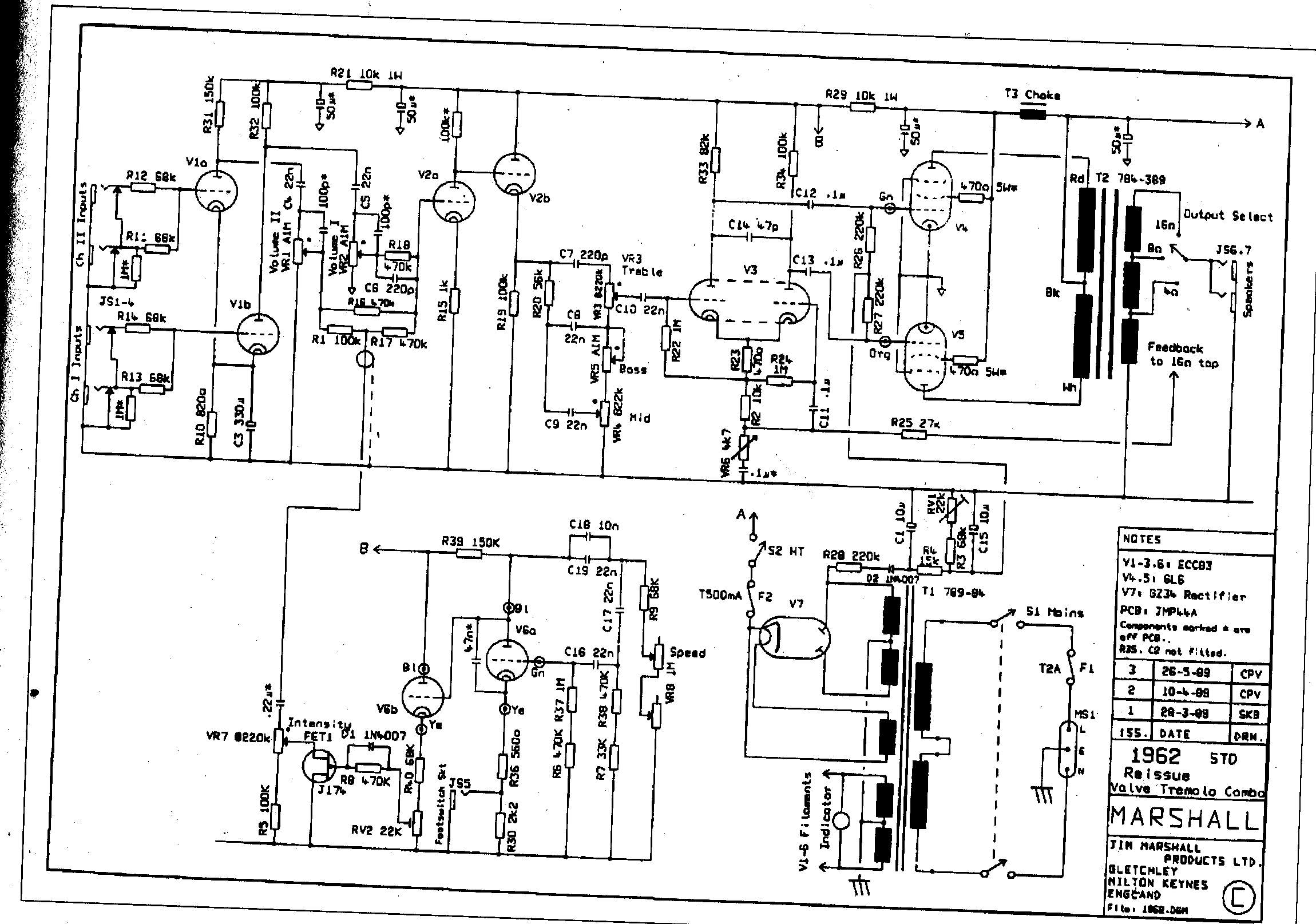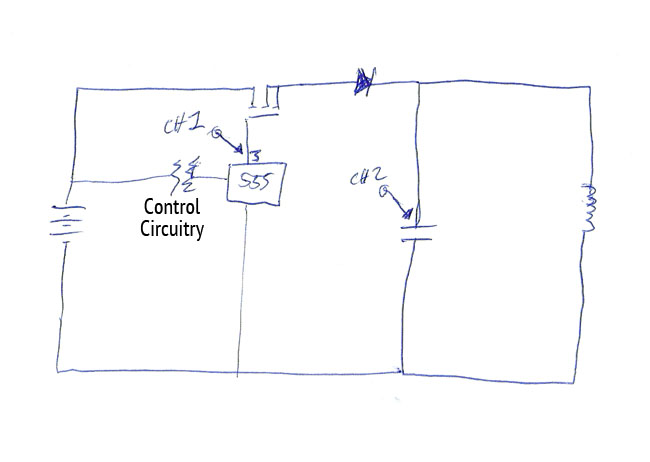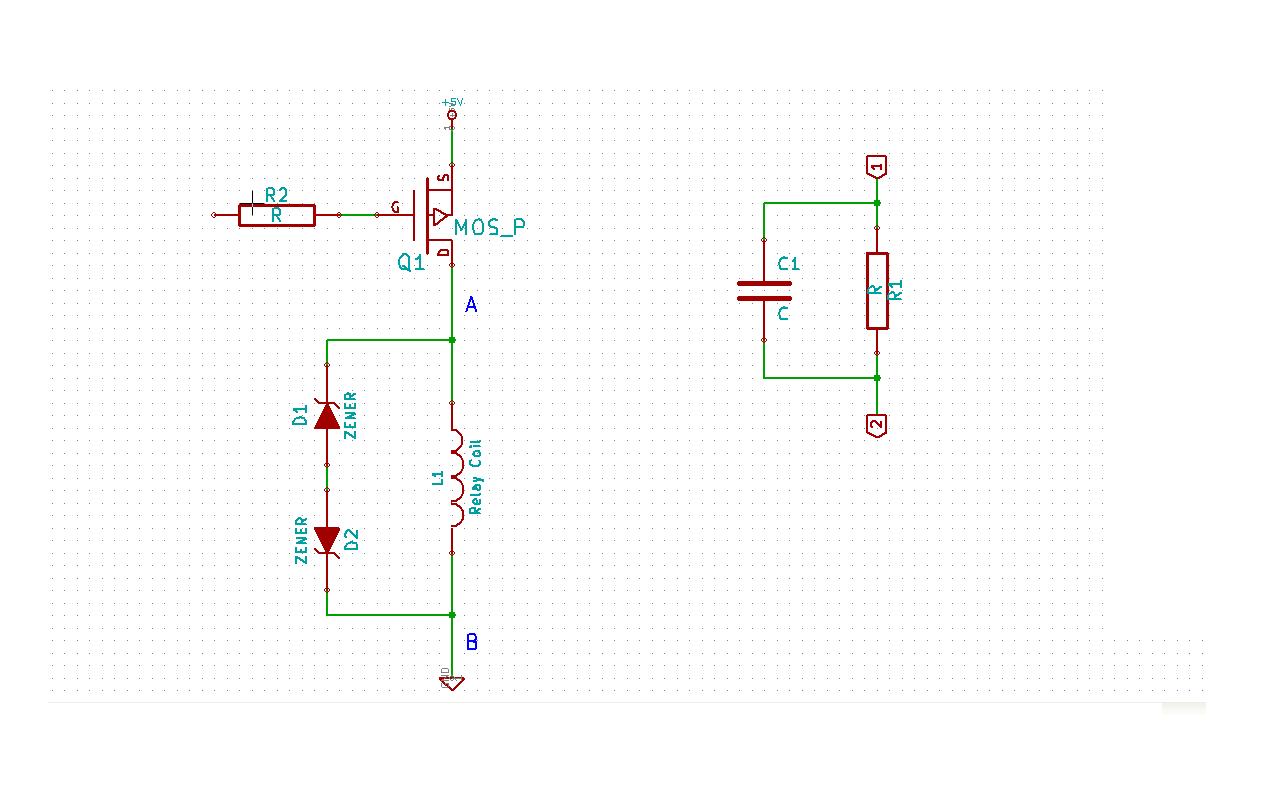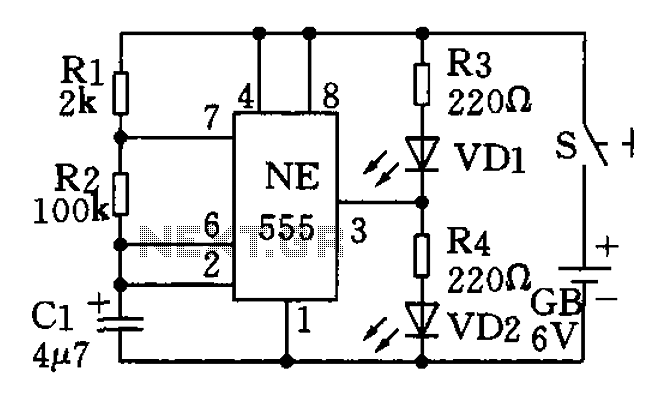
Oscillation issue on THS4271
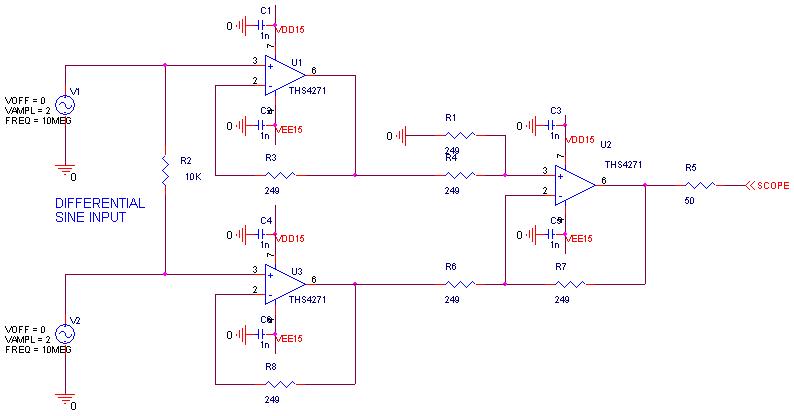
An oscillation issue has been observed with the THS4271 operational amplifier. The circuit schematic is attached. A differential sine wave is applied to the positive and negative terminals, using a 10k differential resistor. The output oscillates at 300 MHz or at a mixed frequency, as indicated in the attachment. When the sine wave signal generator is turned off, the output continues to oscillate. Switching to a THS3091 with the recommended feedback resistor results in a clean output without oscillation. Questions have been raised regarding the supply voltage, as the schematic suggests a +/-15V (30V total) supply, while the THS4271 is only rated for a maximum of 16.5V total supply, indicating a potential over-voltage issue. Testing with reduced supply voltages of +/-5V or +/-7.5V is recommended to check for continued oscillation. Additional troubleshooting steps include isolating oscillation by examining the outputs of U1 and U3, ensuring all planes and fills are cut out below the input/output pins, and possibly cutting the trace from the U3 output to R6 to eliminate parasitic capacitance effects. Although the ground plane beneath the signal between the inverting and output nodes has been removed, concerns exist about cutting power planes. Probing the output through a 50-ohm resistance did not yield results, but increasing R3 and R8 from 249k to 499k seems to have resolved the oscillation issue.
The THS4271 is a high-speed operational amplifier designed for a variety of applications requiring fast response times and low distortion. However, it is crucial to adhere to the specified supply voltage limits to prevent device failure or unintended behavior such as oscillation. The differential input configuration with a 10k resistor indicates that the circuit is designed for high-frequency signal processing. The observed oscillation at 300 MHz suggests that the feedback network may be improperly designed or that the operational amplifier is being pushed beyond its rated specifications.
When troubleshooting the oscillation, it is essential to verify that the power supply voltages do not exceed the maximum ratings. Testing with lower voltages can help determine if the oscillation is related to supply issues or if it is a result of other circuit components. Inspecting the outputs of U1 and U3 for oscillation can provide insights into where the feedback loop may be causing instability.
In high-frequency applications, parasitic capacitance can significantly impact performance. Cutting traces or modifying the layout to minimize capacitance can help stabilize the circuit. The recommendation to isolate U3 by cutting the trace to R6 is a practical approach to eliminate feedback paths that could contribute to oscillation.
It is also important to ensure that all layers of the PCB are appropriately designed, with ground planes and signal traces laid out to minimize interference. Removing copper beneath input/output pins is a common practice to prevent unintended coupling and oscillation.
The increase in resistor values from 249k to 499k for R3 and R8 indicates an adjustment in the feedback network that has successfully mitigated the oscillation issue. This change likely affects the gain and bandwidth of the amplifier, and it is advisable to evaluate the performance of the circuit after these modifications to ensure that it meets the desired specifications without introducing other issues.
Overall, careful attention to component specifications, layout design, and feedback network adjustments is crucial for achieving stable performance in high-speed operational amplifier circuits.I got oscillation issueon THS4271. The circuit schematic is as attached. The input is differential sine wave on positive and negative terminals with 10k differential resistor. The output oscillates at 300Mhz or mixed frequency as attached. Once turn off the sine wave SG, the output continue to oscillate. If changing THS3091 with appropriate recomme nded Rf, the circuit is clean without oscillation. Could someone tell me what`s going on with THS4271 Are you using +/-15V (30V total) supplies as your schematic appears to indicate The THS4271 is only rated for up to 16. 5V total supply, so you are exceeding this limit. Does the circuit oscillate if you reduce the supplies to +/-5V or +/-7. 5V If the circuit still oscillates, try isolating the oscillation. Check if the outputs of U1 and U3 show an oscillation. Do you have all planes/fills cut out below the input/output pins, or just the layer immediately below the top layer The best practice is to remove all copper on all layers below the input/output pins Would it be possible to cut the trace from the U3 output to R6 to isolate U3 completely Perhaps the parasitic capacitance of the trace to R6 is causing U3 to oscillate.
I suggest cutting the top trace as I`ve shown in the image below. Cut and remove the trace to form a space for a resistor to be soldered across points 1 and 2 (red boxes). Thanks for the response! I did remove the ground plane under the signal between inverting and output node but not for power and other planes.
I am afraid there`s some other issues when I cut off the power planes. I also follow your instruction to probe output through 50 ohm resistance but it doesn`t work. I increase R3 and R8 FROM 249Kto 499K. It seems OK w/o oscillation. All content and materials on this site are provided "as is". TI and its respective suppliers and providers of content make no representations about the suitability of these materials for any purpose and disclaim all warranties and conditions with regard to these materials, including but not limited to all implied warranties and conditions of merchantability, fitness for a particular purpose, title and non-infringement of any third party intellectual property right. TI and its respective suppliers and providers of content make no representations about the suitability of these materials for any purpose and disclaim all warranties and conditions with respect to these materials.
No license, either express or implied, by estoppel or otherwise, is granted by TI. Use of the information on this site may require a license from a third party, or a license from TI. Content on this site may contain or be subject to specific guidelines or limitations on use. All postings and use of the content on this site are subject to the Terms of Use of the site; third parties using this content agree to abide by any limitations or guidelines and to comply with the Terms of Use of this site. TI, its suppliers and providers of content reserve the right to make corrections, deletions, modifications, enhancements, improvements and other changes to the content and materials, its products, programs and services at any time or to move or discontinue any content, products, programs, or services without notice.
🔗 External reference
The THS4271 is a high-speed operational amplifier designed for a variety of applications requiring fast response times and low distortion. However, it is crucial to adhere to the specified supply voltage limits to prevent device failure or unintended behavior such as oscillation. The differential input configuration with a 10k resistor indicates that the circuit is designed for high-frequency signal processing. The observed oscillation at 300 MHz suggests that the feedback network may be improperly designed or that the operational amplifier is being pushed beyond its rated specifications.
When troubleshooting the oscillation, it is essential to verify that the power supply voltages do not exceed the maximum ratings. Testing with lower voltages can help determine if the oscillation is related to supply issues or if it is a result of other circuit components. Inspecting the outputs of U1 and U3 for oscillation can provide insights into where the feedback loop may be causing instability.
In high-frequency applications, parasitic capacitance can significantly impact performance. Cutting traces or modifying the layout to minimize capacitance can help stabilize the circuit. The recommendation to isolate U3 by cutting the trace to R6 is a practical approach to eliminate feedback paths that could contribute to oscillation.
It is also important to ensure that all layers of the PCB are appropriately designed, with ground planes and signal traces laid out to minimize interference. Removing copper beneath input/output pins is a common practice to prevent unintended coupling and oscillation.
The increase in resistor values from 249k to 499k for R3 and R8 indicates an adjustment in the feedback network that has successfully mitigated the oscillation issue. This change likely affects the gain and bandwidth of the amplifier, and it is advisable to evaluate the performance of the circuit after these modifications to ensure that it meets the desired specifications without introducing other issues.
Overall, careful attention to component specifications, layout design, and feedback network adjustments is crucial for achieving stable performance in high-speed operational amplifier circuits.I got oscillation issueon THS4271. The circuit schematic is as attached. The input is differential sine wave on positive and negative terminals with 10k differential resistor. The output oscillates at 300Mhz or mixed frequency as attached. Once turn off the sine wave SG, the output continue to oscillate. If changing THS3091 with appropriate recomme nded Rf, the circuit is clean without oscillation. Could someone tell me what`s going on with THS4271 Are you using +/-15V (30V total) supplies as your schematic appears to indicate The THS4271 is only rated for up to 16. 5V total supply, so you are exceeding this limit. Does the circuit oscillate if you reduce the supplies to +/-5V or +/-7. 5V If the circuit still oscillates, try isolating the oscillation. Check if the outputs of U1 and U3 show an oscillation. Do you have all planes/fills cut out below the input/output pins, or just the layer immediately below the top layer The best practice is to remove all copper on all layers below the input/output pins Would it be possible to cut the trace from the U3 output to R6 to isolate U3 completely Perhaps the parasitic capacitance of the trace to R6 is causing U3 to oscillate.
I suggest cutting the top trace as I`ve shown in the image below. Cut and remove the trace to form a space for a resistor to be soldered across points 1 and 2 (red boxes). Thanks for the response! I did remove the ground plane under the signal between inverting and output node but not for power and other planes.
I am afraid there`s some other issues when I cut off the power planes. I also follow your instruction to probe output through 50 ohm resistance but it doesn`t work. I increase R3 and R8 FROM 249Kto 499K. It seems OK w/o oscillation. All content and materials on this site are provided "as is". TI and its respective suppliers and providers of content make no representations about the suitability of these materials for any purpose and disclaim all warranties and conditions with regard to these materials, including but not limited to all implied warranties and conditions of merchantability, fitness for a particular purpose, title and non-infringement of any third party intellectual property right. TI and its respective suppliers and providers of content make no representations about the suitability of these materials for any purpose and disclaim all warranties and conditions with respect to these materials.
No license, either express or implied, by estoppel or otherwise, is granted by TI. Use of the information on this site may require a license from a third party, or a license from TI. Content on this site may contain or be subject to specific guidelines or limitations on use. All postings and use of the content on this site are subject to the Terms of Use of the site; third parties using this content agree to abide by any limitations or guidelines and to comply with the Terms of Use of this site. TI, its suppliers and providers of content reserve the right to make corrections, deletions, modifications, enhancements, improvements and other changes to the content and materials, its products, programs and services at any time or to move or discontinue any content, products, programs, or services without notice.
🔗 External reference
